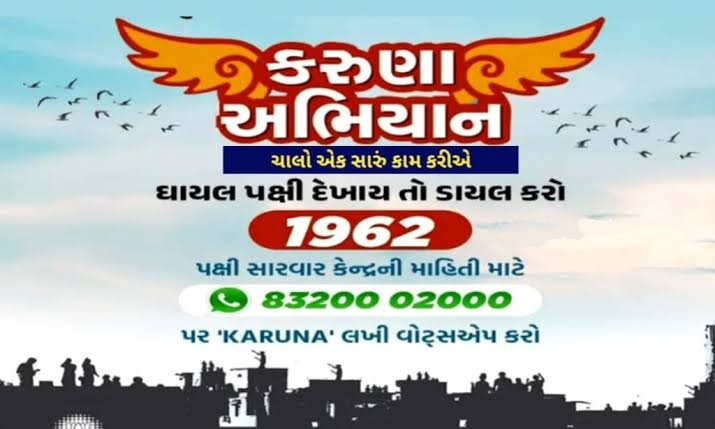How does petrol of Rs 25 reach Rs 81 when it reaches you? Find out how much the government earns from petrol
Bhaskar Data Story: How does a petrol of Rs 25 reach Rs 81 when it reaches you? Find out how much the government earns from petrol
Petrol and diesel are items whose prices are constantly rising. Even if it is less, the burden on our pockets is not less. It is often said that the price of crude oil in the international market is falling but the price of petrol-diesel is not falling in our country. What is the reason for this? And how do petrol and diesel prices go up 3 times with your reach? How do governments benefit from this? Let's understand.
First let's talk about how petrol and diesel reach you?
India imports 85% more petrol than it needs, i.e. buys from other countries.
Crude oil from abroad goes to the refinery, from where petrol, diesel and other petroleum products are extracted.
It then comes to oil companies, such as Indian Oil, Hindustan Petroleum. From here they make their profit and deliver to the petrol pump.
The owner of the petrol pump adds his own commission after arriving at the petrol pump. The tax levied by the Central and State Governments is paid to the consumers at that price.
The government costs 1 liter of petrol for 25 rupees, but when it reaches us, it costs more than 80 rupees
It happens that the government buys crude oil from abroad. This crude oil the government buys in barrels. One barrel is about 159 liters. On November 16 this year, the price of 1 liter of petrol in Delhi was Rs 81.06. According to the Indian Oil Corporation, the base price of 1 liter of petrol was Rs 25.37.
Then the excise duty of Rs 32.98, VAT of Rs 18.71, then the owner of the petrol pump kept a commission of Rs 3.64 and after levying the second tax, the price reached Rs 81.6 paise.The price of 1 liter of diesel is also Rs
Like petrol, the base price of diesel is Rs 25. On November 16, the base price of 1 liter of petrol in Delhi was Rs 24.42. It cost Rs 0.33. After that, excise duty of Rs 31.83, VAT of Rs 10.36 and commission of Rs 2.52 were kept by the petrol pump owner. Since then, the price of 1 liter of diesel has gone up to Rs 70.46.
Now let us know how the government earns from your money.
Central Government: The government collects excise duty
The central government imposes excise duty on the price of petrol-diesel. In May this year, the central government increased excise duty on petrol and diesel. At present, excise duty is Rs 32.98 per liter on petrol and Rs 31.83 on diesel.
When the Modi government came to power in May 2014, the excise duty on a liter of petrol was Rs 9.48 and on diesel Rs 3.56. This is because petrol-diesel prices have not come down even after the fall in oil prices. Since the Modi government came to power in May 2014, excise duty has been slashed 16 times. However, the duty has been reduced only 3 times.
The reason for this is that the government makes good money from it. According to the Petroleum Planning and Analysis Cell (PPAC), in the first quarter of this year (April-June), the government earned Rs 49,914 crore through excise duty and various taxes on petroleum products. These earnings would have been even higher if Corona had not come and the lockdown had not taken place.
State Government: Earnings by levying VAT (2020-21 figures for the first quarter) (Source: ppac.gov.in) The Central Government earns by levying excise duty and different taxes. The state government also earns you by levying VAT i.e. value added tax. The same excise duty of the central government applies to the whole country, but if the state is different, the VAT rate also varies from state to state.
According to PPAC, the state government earned Rs 29,812 crore in the first quarter of this year through VAT, sales and various taxes. The Telangana government collects the highest VAT in the country. The tax here is 35.20% VAT on petrol and 27% VAT on diesel. It is followed by Tamil Nadu and Madhya Pradesh.








No comments:
Post a Comment